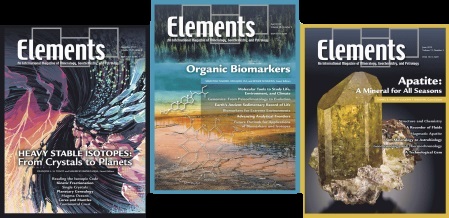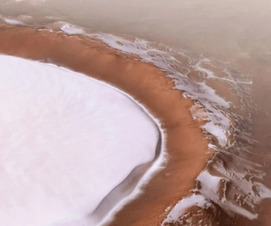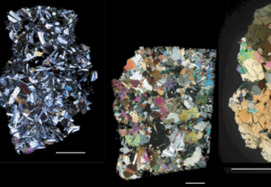Water in Differentiated Planets, the Moon, and Asteroids
The distribution of water in differentiated Solar System bodies depends on many factors including size, distance from the Sun, and how they incorporated water. Most of this water is likely locked as hydrogen in mantle minerals and could amount to several Earth oceans worth in mass for the largest planets. An essential compound for the development of life, water also has a tremendous influence on planetary evolution and volcanism. Only Earth has an active exchange of water between surface and mantle. Surface water on other differentiated bodies mostly results from degassing by volca- noes whose mantle sources are inherited from magma ocean processes early in their history. Airless bodies also acquire surface water by impacts, spallation, and from the solar wind.
Water in Differentiated Planets, the Moon, and Asteroids Read More »



